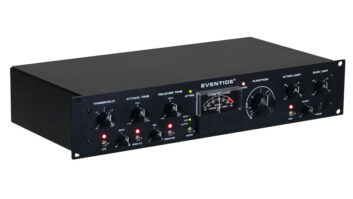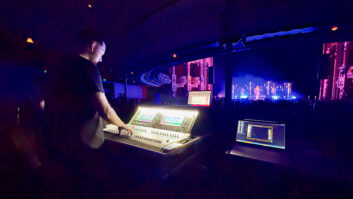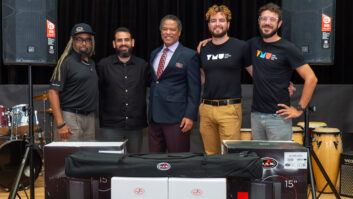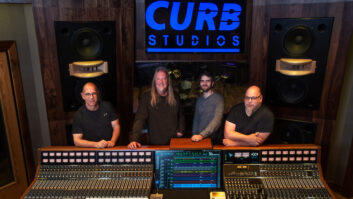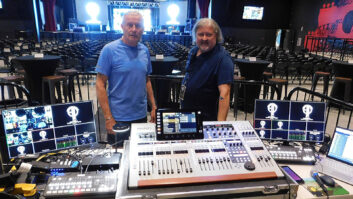Just some of Eyebeam Art + Technology Center’s digital storage media damaged by Superstorm Sandy.

Superstorm Sandy, with its nearly 14-foot storm surges crashing into the New York and New Jersey coastlines, brought major flooding and destruction this past October, leaving residents and businesses with billions of dollars in damages.
In the Manhattan neighborhood of Chelsea, the Eyebeam Art + Technology Center—an art space and organization that promotes use of media technologies for art—sustained more than three feet of floodwater, and was left with over $250,000 worth of damage to equipment, computers, furniture, books and much of the center’s collection of digital and analog media storage devices.
“While staff had made preparations for the hurricane by placing valuables a few feet off the ground, the water reached a meter [high] inside the space, inundating equipment, books and archival materials,” said curator Lindsay Howard. “Most of the media stored in bins was soaked by toxic water—a mixture of salt water, sewage and other contaminants. If the material had marinated in that soup for any longer, it would have corroded the material irrecoverably.”
The Eyebeam Art + Technology Center supports over 250 resident artists, programmers, curators and creative technologists, providing desk space and resources for its patrons. Eyebeam has been around since 1997, and during that time, it has resided in a warehouse on West 21st Street in Manhattan, just a few hundred meters from the Hudson River. When Sandy made landfall on October 29, it was the facility’s unique works that were threatened by the flooding.
Workers continue to rebuild Eyebeam in the wake of Superstorm Sandy, which plowed more than three feet of water into the art facility on West 21st Street in Manhattan.

“The archive consisted of CDs, DVDs, digital and analog videotape and digital storage media on hard drives and servers,” explained Howard. “The collection includes completed artworks, documentation, interviews with artists, educational events and public programs. A great number of Eyebeam’s artists work with computer technology, so backups of the organization’s servers from 2002 may contain the only copies of original software and Websites.”
Faced with the possibility of losing thousands of hours of video and audio, a team of professional archivists from AV Preserve and Anthology Film Archive volunteered to work to stabilize as much of the damaged media as possible.
“That involved immersing all the disks and tapes in distilled water, flushing out contaminants and removing residue,” explained Howard. “Everything was laid out to dry in a dehumidified space for over 48 hours.”
Once the initial cleaning was done, Howard said they conducted a complete inventory of the work and are now in the process of digitizing some of the tapes and transferring optical media.
“By opening up some of the mini-DV tapes, we found that a fraction of those tapes had already begun to corrode. In some cases, the magnetic material that holds the video information had wiped right off,” said Howard.
Eyebeam showed some of its rescued collection during its Eyebeam Resurfaces: The Future of the Digital Archive exhibit.

Organized by Howard and curator Jonathan Minard, Eyebeam held an exhibit, Eyebeam Resurfaces: The Future of the Digital Archive, at the center in early January 2013, highlighting the digital restoration process and showcasing some of the material that was saved during the preservation.
“We wanted to create a narrative to describe what happened in the time between the initial discovery of the submerged archive and its eventual stabilization,” said Howard.
A reception on Thursday, January 10 included a presentation by Kara Van Malssen and Chris Lacinak of AV Preserve, two people who played a large part in the preservation process. The presentation gave details on the techniques used to save the archives and offered tips for artists and organizations on how to prepare for disasters like this and how to best preserve digital media.
“In addition to the educational and fundraising aspects, we wanted to showcase some of the treasures we discovered in the archive after Hurricane Sandy. The exhibition includes a wide range of media, from net art to interactive performance works,” said Howard.
While the exhibit was open for only four days, preservationists are still working to save the nearly 1,500 recovered DVDs, CDs, VHS cassettes and digital storage devices that were damaged in the flooding.
Eyebeam Art + Technology Center
Eyebeam is still working to restore the facility, and recently reopened its bookstore (seen here empty, post-Sandy).



